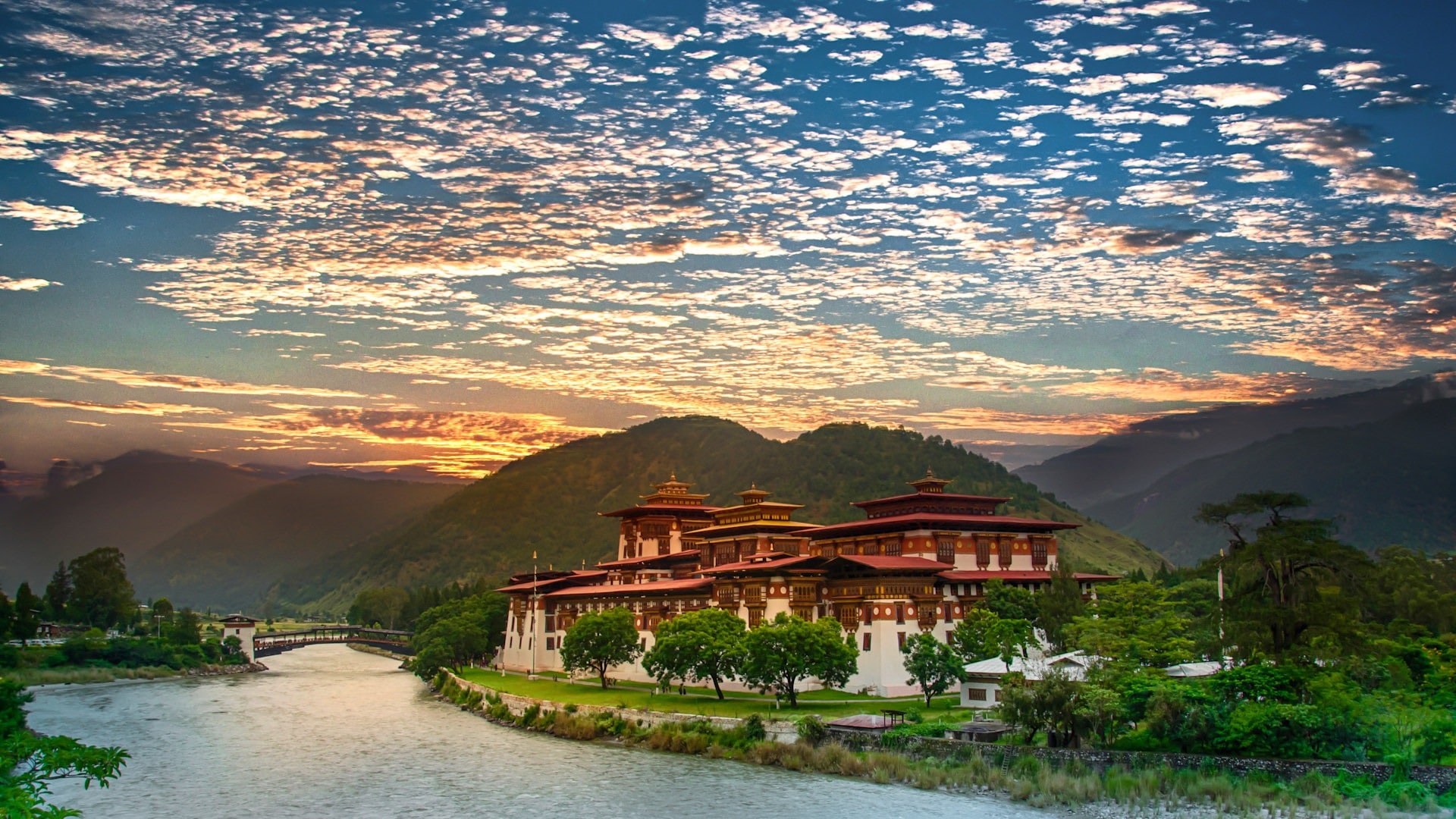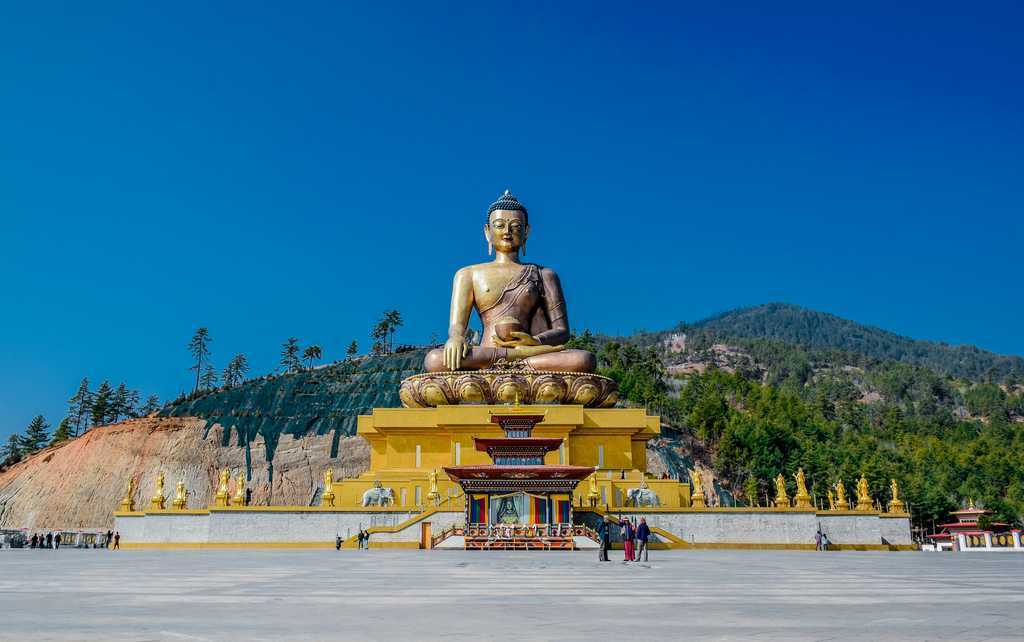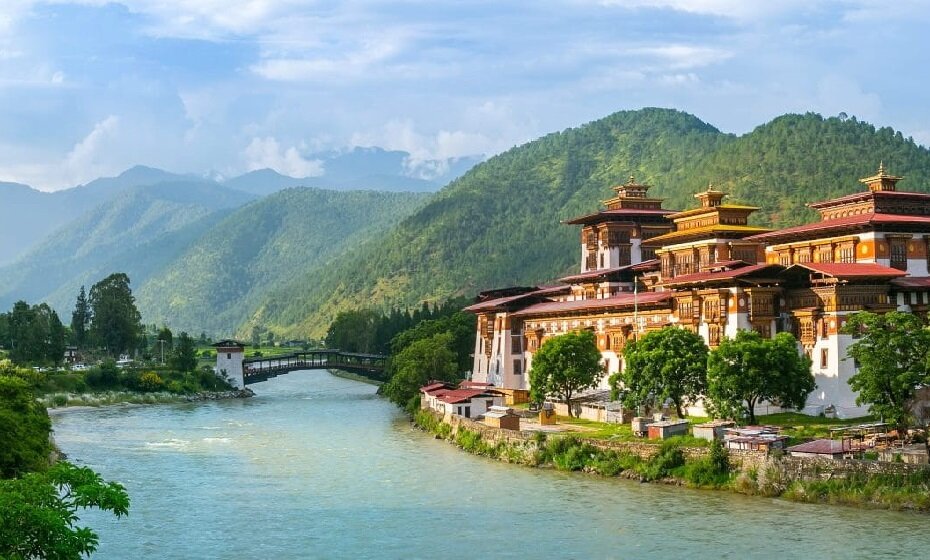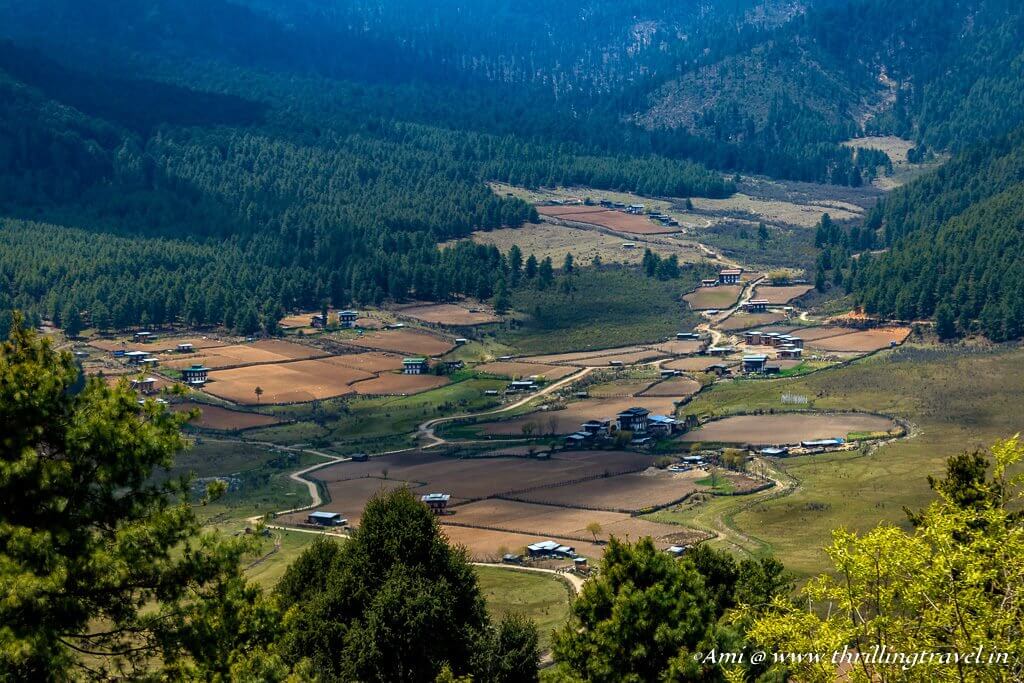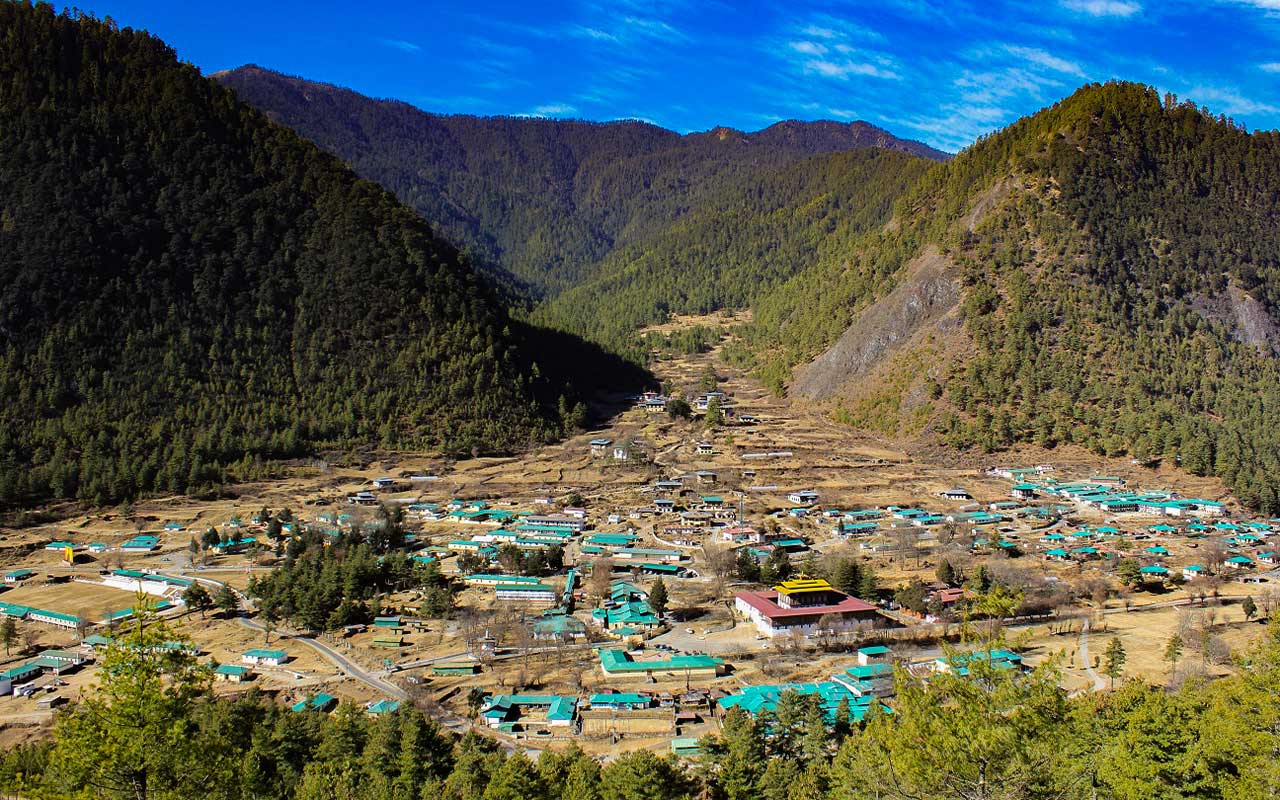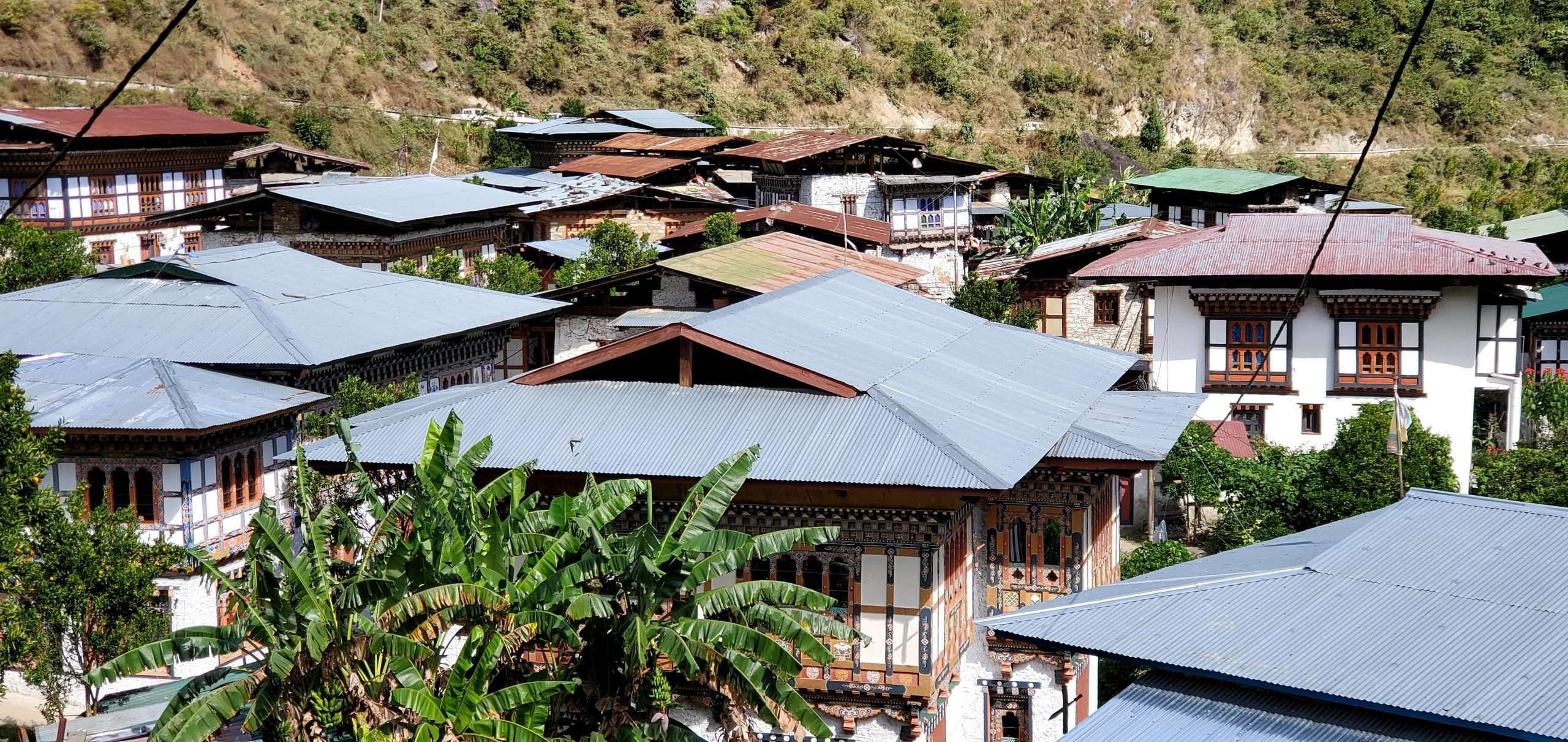Haa Valley Sightseeing Places
Haa Valley, located in the western part of Bhutan, is a hidden gem known for its serene beauty, traditional lifestyle, and peaceful atmosphere. Nestled between towering mountains, this charming valley is less frequented by tourists, which makes it an ideal destination for those seeking a quiet and authentic Bhutanese experience. The valley is rich in cultural heritage and offers visitors a chance to immerse themselves in the traditions and lifestyle of the local people.
One of the key attractions in Haa Valley is the Haa Dz ...
ong, a fortress that dates back to the 16th century. It is an important historical site that once served as the administrative center of the region. While the dzong was extensively damaged in an earthquake, it has since been renovated and remains a focal point of the valley. Visitors can explore the dzong and learn about its historical significance and the role it played in the development of Bhutan’s administrative structure.
The Haa Valley Monastery, also known as the Lhakhang Karpo, is another notable site in the region. This sacred temple is dedicated to the white deity, and it holds great importance in Bhutanese Buddhist practices. The monastery is known for its beautiful architecture and spiritual significance. Along with the monastery, there are several other small temples and shrines scattered across the valley, each with its own unique history and charm.
For nature enthusiasts, Haa Valley offers breathtaking landscapes with its vast forests, pristine rivers, and scenic hiking trails. The valley is home to a variety of flora and fauna, and visitors can enjoy peaceful walks, birdwatching, or even camping amidst the natural beauty of the region. The valley’s proximity to the Chele La Pass, one of the highest motorable passes in Bhutan, provides stunning panoramic views of the surrounding peaks, including Mount Jhomolhari.
Haa Valley remains largely untouched by modern development, making it a perfect destination for those looking to experience Bhutan's untouched natural beauty and traditional culture. It is a place where visitors can find tranquility, explore historical sites, and immerse themselves in the rural way of life.
Quick Navigation
1. Haa Valley
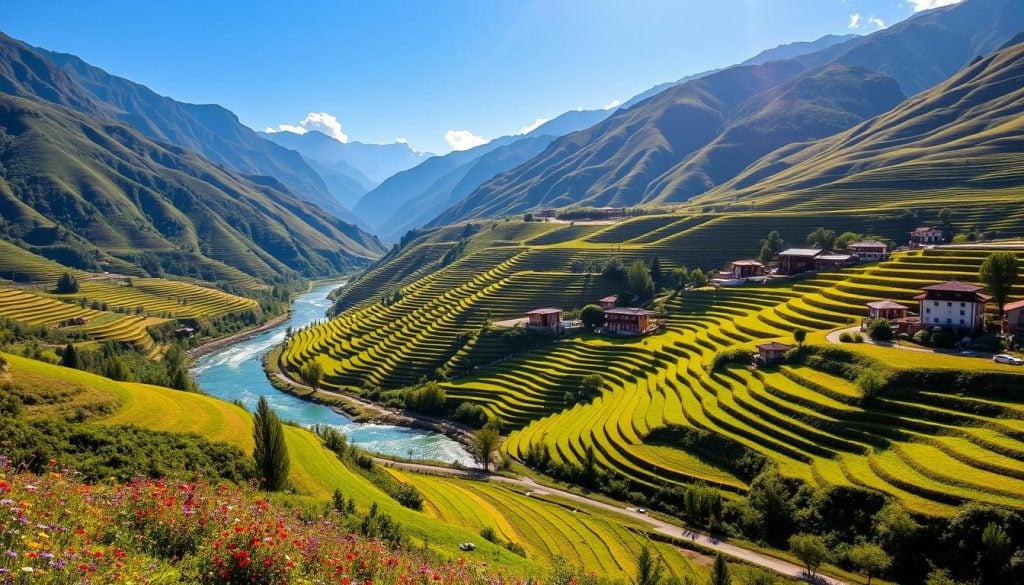 ( Haa Valley is the most visited sightseeing place in bhutan and mostly tourists must visit here )
( Haa Valley is the most visited sightseeing place in bhutan and mostly tourists must visit here )
Haa Valley Sightseeing
Haa Valley, one of Bhutan’s most serene and untouched regions, offers a unique blend of natural beauty, traditional culture, and spiritual heritage. Located at an elevation of about 2,800 meters, the valley is surrounded by snow-capped mountains, lush forests, and scenic meadows, making it a perfect destination for nature lovers and those looking for a peaceful retreat. Unlike the more frequented tourist spots in Bhutan, Haa Valley is relatively unexplored, providing a rare opportunity to experience Bhutanese rural life in its most authentic form.
One of the most distinctive features of Haa Valley is its pristine environment, with clear blue skies, fresh air, and rich biodiversity. The valley is home to several sacred temples, monasteries, and fortresses, which offer visitors a chance to explore Bhutan's deep spiritual roots. The landscape, dotted with traditional Bhutanese farmhouses and meadows filled with wildflowers, adds to the charm of this lesser-known destination. The valley is also famous for its festivals, the Haa Summer Festival being the most notable, where locals celebrate their culture, traditions, and way of life through folk dances, music, and rituals.
2. Lhakhang Karpo
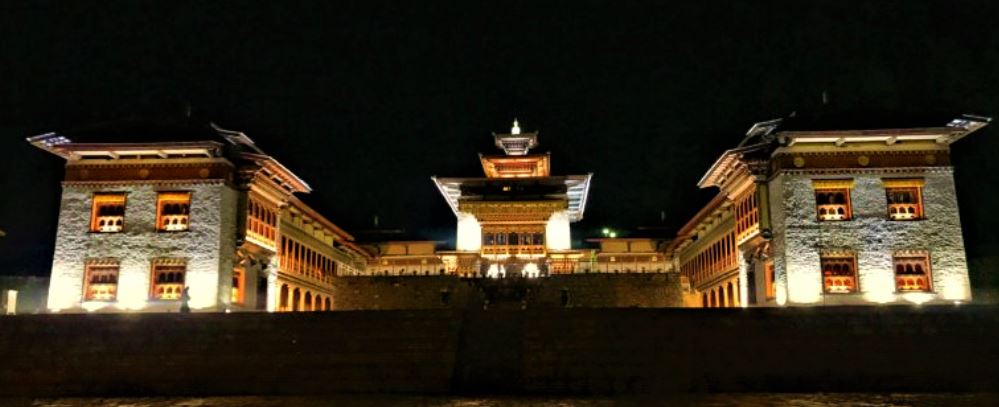 ( Lhakhang Karpo is the most visited sightseeing place in bhutan and mostly tourists must visit here )
( Lhakhang Karpo is the most visited sightseeing place in bhutan and mostly tourists must visit here )
Lhakhang Karpo Sightseeing
Lhakhang Karpo, or the White Temple, is one of the most sacred sites in Haa Valley. The temple is situated on a hilltop and offers panoramic views of the surrounding valley, with its pristine landscapes and rich green fields. According to legend, the temple was built in the 7th century by the Tibetan king Songtsen Gampo, and it is believed to be one of the oldest Buddhist sites in Bhutan.
Lhakhang Karpo is an important religious center for the people of Haa, and its serene setting makes it a popular pilgrimage site.The temple is steeped in both history and religious significance. It was originally constructed to subdue the evil forces in the region, and over the centuries, it has become a place of spiritual importance for the locals.
3. Haa Dzong
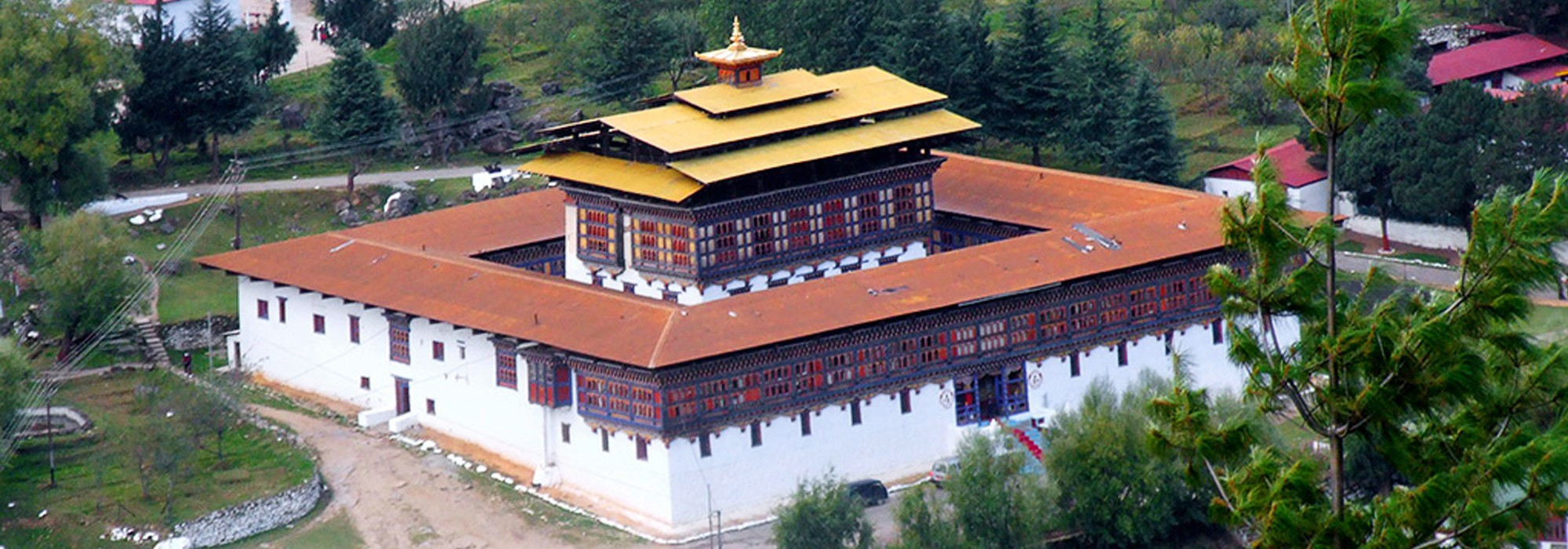 ( Haa Dzong is the most visited sightseeing place in bhutan and mostly tourists must visit here )
( Haa Dzong is the most visited sightseeing place in bhutan and mostly tourists must visit here )
Haa Dzong Sightseeing
Haa Dzong, also known as the Fortress of Haa, is one of the most important historical landmarks in the region. Located on the banks of the Haa River, the dzong was built in the 16th century to protect the valley from external threats and to establish political control over the area. The fortress has served as both a military stronghold and a center for religious activities, making it an integral part of Bhutan's history.
The architecture of Haa Dzong is a stunning example of traditional Bhutanese design, with large stone walls, intricate woodwork, and a large central courtyard. Though the dzong is not as well-preserved as some of Bhutan’s other dzongs, it remains an important symbol of the region’s history and culture. The dzong’s location, overlooking the Haa River and surrounded by lush forested hills, provides visitors with an opportunity to appreciate both its historical significance and its natural beauty.
4. Chele La Pass
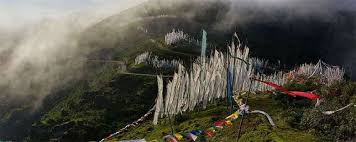 ( Chele La Pass is the most visited sightseeing place in bhutan and mostly tourists must visit here )
( Chele La Pass is the most visited sightseeing place in bhutan and mostly tourists must visit here )
Chele La Pass
Chele La Pass is one of the highest motorable passes in Bhutan, located at an elevation of 3,988 meters above sea level. It serves as the gateway between Haa and Paro valleys and is a must-visit destination for nature enthusiasts, trekkers, and adventure seekers. The pass is famous for its breathtaking panoramic views of the Himalayan mountain range, including views of Jhomolhari and Jichu Drake peaks, which are sacred mountains in Bhutan.
The journey to Chele La Pass is a scenic one, passing through dense forests of oak, pine, and rhododendron trees. The pass is also a haven for birdwatchers, with various species of birds, including the rare Bhutanese red panda and takin, Bhutan’s national animal, occasionally spotted in the area. Visitors can enjoy a leisurely walk along the pass and explore the nearby chelela monasteries. The monasteries are peaceful and provide a great opportunity for reflection and meditation.
5. Bumthang Haa Trek
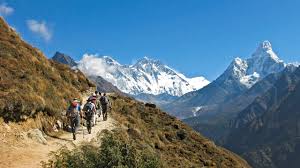 ( Bumthang Haa Trek is the most visited sightseeing place in bhutan and mostly tourists must visit here )
( Bumthang Haa Trek is the most visited sightseeing place in bhutan and mostly tourists must visit here )
Bumthang Haa Trek
The Bumthang Haa Trek is a scenic and challenging trek that connects the Bumthang and Haa valleys. The trek offers an excellent opportunity to explore Bhutan’s rural landscapes, pristine forests, and traditional villages. The trail passes through dense forests of juniper, rhododendron, and blue pine, offering trekkers the chance to experience Bhutan’s rich biodiversity.Along the trek, trekkers pass through remote villages where they can observe Bhutanese rural life and culture.
The trek also takes you through some of Bhutan’s most sacred temples and monasteries, providing a unique spiritual experience.
Categories

Request a call back
Our experts would love to create a package just for you!







